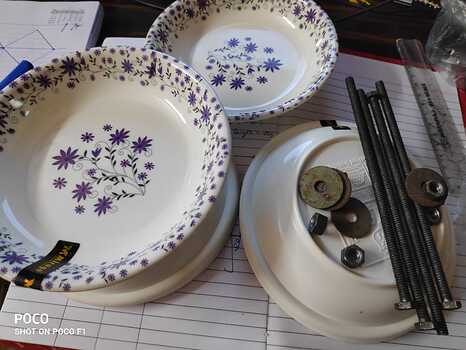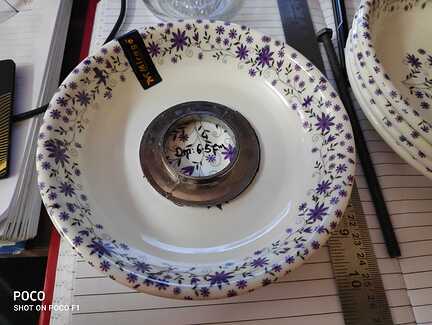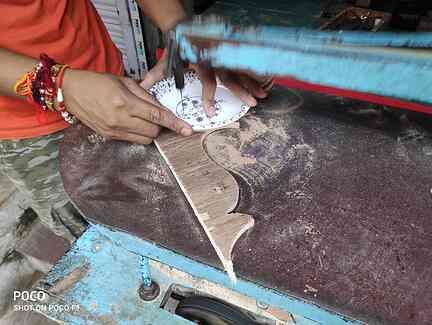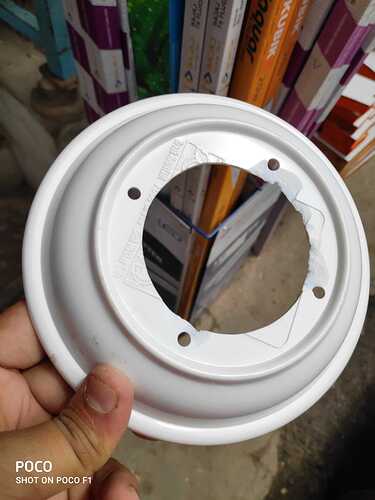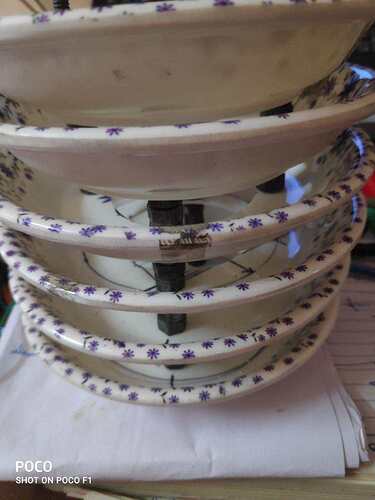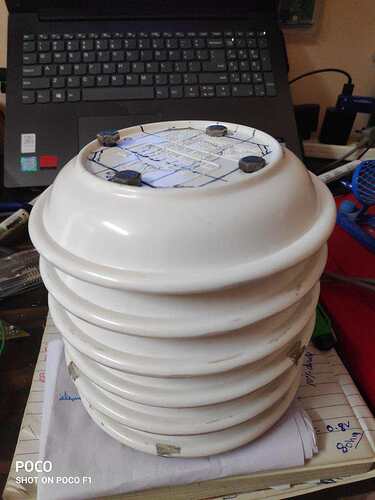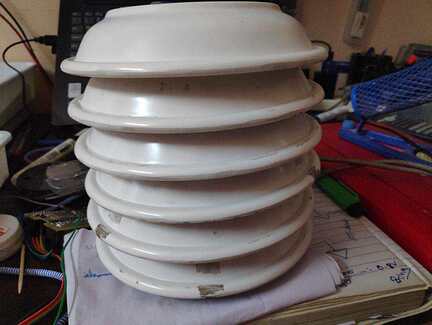[justify]Hello everyone.[/justify]
[justify]In this post I invite all of you to build a Temperature and Humidity station to be deployed at the terrace/top of house/office/school/etc to get the temperature and humidity of our surroundings.[/justify]
The goal of these tinkering engagement are as follows:
- To read temperature and humidity from the sensors.
- To Publish readings on IoT server to visualize these data in the form of graphs.
- To make device weather protected.
- To power device using battery and solar panel.
- To deploy device outside the house/office/school/etc.
It will be real fun to have one such device deployed at our home. So lets get into it.
So i have started with the making of weather proof shield for the device, the shield must be designed in order to protect the sensor and other electronics from direct sunlight and rain but should not block the air to pass through it to get real readings.
I have followed the shield design of Stevenson Screen and want to make some thing like that with form factor which can easily accommodate my device inside it.
I bought six round plates from market, as i do not find out plastic plates so i have only option left for the melamine plates.
Plates dimension details are as follows:
- Diameter: 15 cm
- Depth: 2 cm
[center][/center]
To stack these plates on each other i also bought 4 bolts and around 65 nuts.
Bolts and Nuts dimensions are as follows:
-
Bolt diameter: 5 mm
-
Bolt Length: 6 inches
-
Nut diameter: 11 mm
-
Nut Thickness: 5 mm
Here is snap of these items.
[center]
[/center]
1 Like
Marking Holes and processing Melamine plates.
I have marked a bigger diameter hole and four smaller holes on plates, please note the bigger dia hole is the pocket on the plate which i want to make to put my sensor with a device and smaller holes are for stacking these plates on a 6 inch bolt.
Here are images how i did it, there are far more better approaches do this.
[center]
![/center]
The pocket hole is of 6.5 cm dia and we have do this for middle four plates.
[center]
[/center]
I stacked four plates together for drilling four smaller holes .
[center]
[/center]
After marking i took these plates to local electrical shop for processing the pocket cuts using their scroll saw.
As these are melamine plates (brittle) one need to be very careful while cutting or drilling otherwise it may brake.
[center]
[/center]
This is what i have achieved after cutting the pocket and drilling four smaller holes. i did the same process for four plates.
Now its time for the single Top plate.
[center]
[/center]
Please Note the above image is of the top plate on which only four smaller holes for bolt will come.
2 Likes
So here is the small video of cutting the pocket hole on the plate using scroll saw.
2 Likes
Also note that for the bottom most plate i want to make slightly less dia pocket hole in order to connect it to the dia of the rod (basically water pipe) therefore i chose the dia 42 mm.
Now after assembling (that is stacking) all the plates to the 6 inch bolt with 3 nuts (total gap height of 15 mm) height between each plates, i have achieved my own Stevenson screen for my sensor and device.
Here are the snaps.
[center]
[/center]
[center]
[/center]
So here in these stevenson screen with 6 stacked plates the depth of the pocket is 10 cm and diameter is 6.5cm.
[center]
[/center]
[center]
[/center]
Please feel free to ask any question and contribute your feedback on this.
3 Likes

